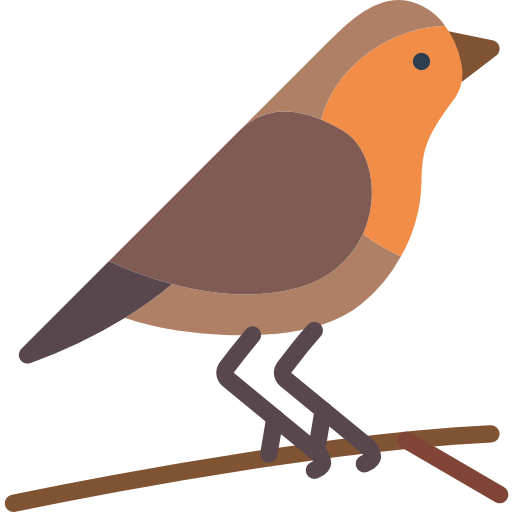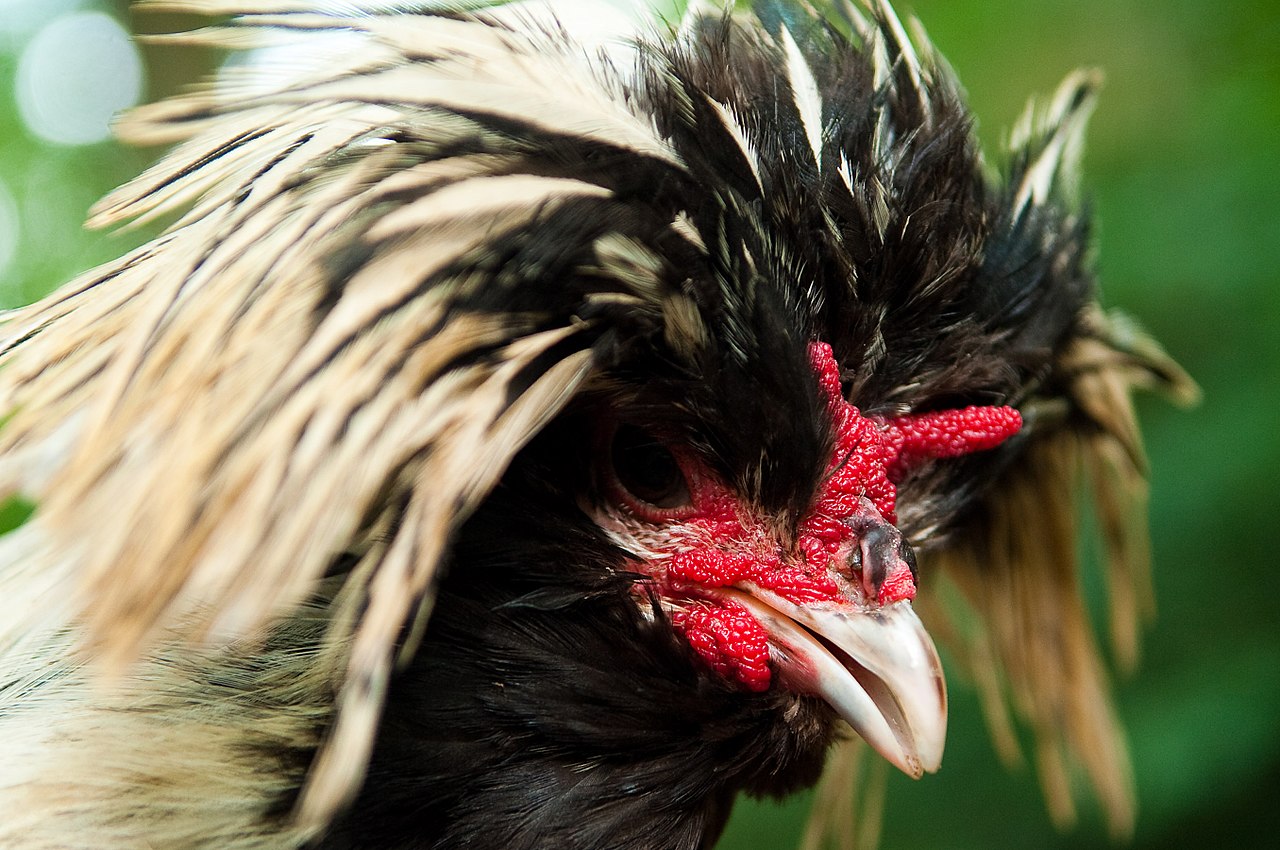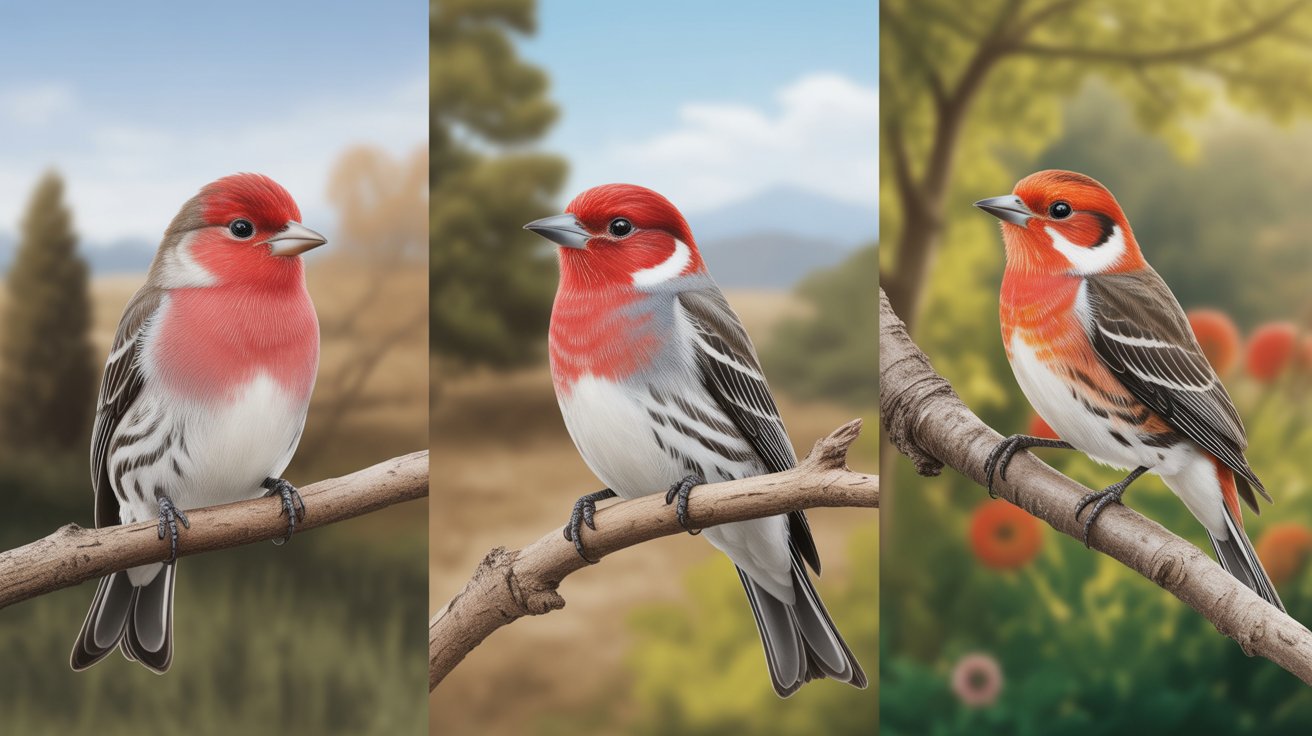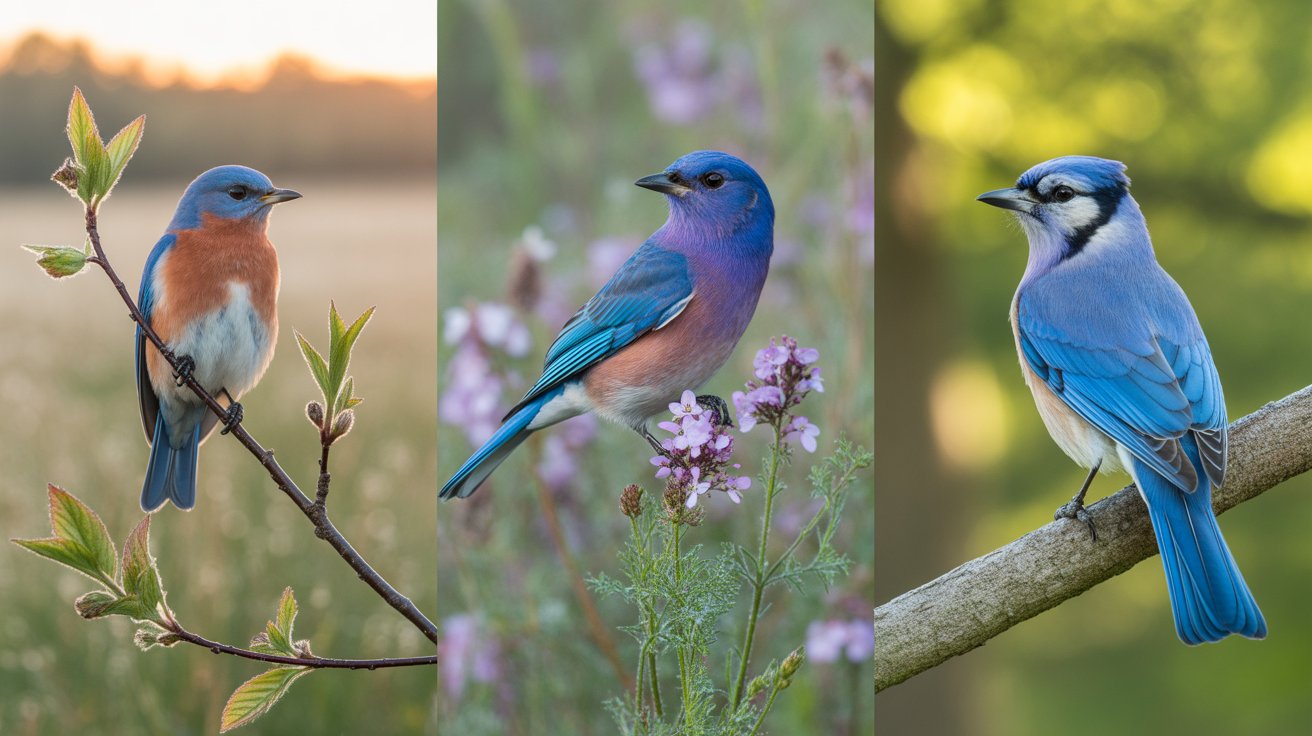Meet the Fabulous Polish Chicken: A Complete Guide for Bird Lovers
If you’re someone who loves unique-looking chickens with big personalities, the Polish Chicken is sure to grab your attention. This bird is famous for its spectacular crest of feathers that looks like a fancy wig—seriously, it’s like the rockstar of the poultry world! Whether you’re a backyard chicken keeper or just love learning about beautiful and quirky birds, the Polish Chicken is one breed you won’t want to overlook.
You might be wondering, “Are they just ornamental, or are they good layers too?” Well, the Polish Chicken isn’t just about looks. While they’re primarily known for their showy appearance and calm temperament, they can also be decent egg layers. Plus, they make fantastic pets thanks to their friendly nature.
In this guide, we’ll explore everything you need to know about the Polish Chicken—from their scientific classification and physical appearance to their behavior, diet, and breeding habits. You’ll also find interesting facts that make this bird truly one of a kind.
Let’s dive in and uncover the feathery charm of this fascinating bird.
Polish Chicken: A Fluffy-Crested Showstopper
Scientific Classification
- Scientific Name: Gallus gallus domesticus
- Family: Phasianidae
- Order: Galliformes
- Class: Aves
- Common Name: Polish Chicken
The Polish Chicken is a domestic chicken breed with uncertain origins. Despite the name, it’s not necessarily from Poland. Many believe it originated in the Netherlands and got its name from the word “Pol,” meaning head, because of its prominent crest.
Physical Description: Fluffy, Feathered, and Fabulous
One look at the Polish Chicken and you’ll understand why it’s one of the most beloved ornamental chickens in the world. The most distinctive feature is its large, fluffy crest of feathers that often covers its entire head. It almost looks like it’s wearing a feathered hat or stylish wig!
- Wingspan: Approximately 20–26 inches
- Length: 16–20 inches
- Weight: Males: 5–6 lbs | Females: 4–5 lbs
Their beak is short and slightly curved, and their wattles and earlobes are small and may be hidden beneath the head feathers. Eye color is usually dark brown but can vary. They come in various plumage colors such as white, black, golden, silver-laced, and buff-laced, making each bird unique.
Their body is fairly compact, and they carry themselves with a proud, upright posture. Their legs are clean (featherless) and usually slate blue or gray in color.
Habitat and Distribution
Polish Chickens are not wild birds. They are domesticated and typically kept in backyards, homesteads, or on small farms. You’ll find them all over the world, especially in North America and Europe, where they’re bred for exhibition or kept as ornamental pets.
Since they aren’t built for harsh weather, these birds thrive best in mild to warm climates and require shelter from cold, rain, and snow. They do particularly well in well-ventilated coops with dry bedding and ample space.
Behavior: Calm, Curious, and a Bit Comical
Polish Chickens are some of the gentlest and most friendly birds you’ll ever meet. They’re calm, docile, and love to interact with humans. Because of their crests, which can limit their vision, they may seem a bit skittish or easily startled—but that’s not due to aggression; it’s just that they can’t always see what’s going on!
They’re not very assertive and can be picked on by more dominant breeds, so it’s best to keep them with similarly gentle chickens. Their curious nature makes them fun to watch as they explore the yard or garden.
Diet: What Keeps This Bird Healthy?
Just like other chickens, the Polish Chicken thrives on a balanced diet of:
- Commercial layer pellets or crumbles
- Grains like corn and oats
- Fresh greens and vegetables
- Occasional treats like mealworms
- Clean, fresh water at all times
Because of their large crest, it’s a good idea to check regularly for any feed or dirt buildup near the eyes or beak. They also benefit from free-ranging, where they can scratch the ground for insects and seeds.
Breeding and Nesting Habits
Polish Chickens are not known for being broody, which means they rarely sit on their own eggs. If you plan on breeding them, you’ll likely need an incubator or a surrogate hen to hatch the chicks.
They begin laying eggs around 5–6 months of age. While they’re not the most prolific layers, hens can still produce about 150–200 medium-sized white eggs per year. Their nesting boxes should be cozy, quiet, and clean, placed in a safe area of the coop to encourage regular laying.
Roosters are quite showy and can be very vocal, though not typically aggressive. If you’re breeding Polish Chickens, make sure to select healthy pairs with strong crests and vibrant feathering for the best offspring.
Interesting Facts About the Polish Chicken
- The crest isn’t just decorative—it’s the result of a vaulted skull structure, which is different from most other chicken breeds.
- Polish Chickens were once considered elite and were kept by European royalty.
- They were featured in 16th-century Dutch paintings, showing how long they’ve been admired for their looks.
- Because of their vision problems, some owners trim the crest to help them see better and reduce anxiety.
- Despite their beauty, they’re one of the more affordable ornamental breeds.
Special Overview Section (300 Words)
The Polish Chicken is a domestic breed best known for its extravagant crest of feathers, giving it a comical yet classy appearance. These birds are a favorite in backyard flocks and poultry shows, often admired more for their looks than their laying ability. Still, they’re fairly good layers of medium-sized white eggs and have calm, friendly personalities that make them wonderful pets.
Whether you’re a beginner or seasoned poultry keeper, the Polish Chicken offers a unique addition to your coop. With a variety of stunning feather colors—like golden laced, silver laced, and buff laced—there’s a style for everyone.
Below are key stats for quick reference:
- Scientific Name: Gallus gallus domesticus
- Common Name: Polish Chicken
- Wingspan: 20–26 inches
- Length: 16–20 inches
The Polish Chicken combines visual appeal with gentle behavior, making it a star in any backyard setting.
FAQs About Polish Chickens
1. Are Polish Chickens good for beginners?
Yes, they are docile and friendly, which makes them great for beginners, especially if you’re looking for ornamental birds or backyard pets.
2. Do Polish Chickens lay eggs regularly?
They lay about 150–200 white eggs per year. While not the most productive, they are reliable layers for an ornamental breed.
3. Can Polish Chickens see properly with that big crest?
Not always! Their crest can obstruct their vision, so they may be more timid or jumpy. Trimming the feathers around the eyes can help.
4. Are Polish Chickens noisy?
They’re relatively quiet compared to other breeds. Roosters may crow, but hens are usually calm and soft-spoken.
5. Can Polish Chickens live in cold weather?
They prefer mild climates and should be protected from cold, wet conditions. Make sure they have a warm, dry coop during winter.
Conclusion
If you want a chicken that’s both beautiful and entertaining, the Polish Chicken is a top contender. With its dramatic crest, striking plumage, and gentle nature, this breed brings personality and charm to any flock. They may not be the best layers or the most practical birds, but they more than make up for it with their looks and friendly disposition.
Perfect for shows, photography, or simply watching them strut around your backyard, Polish Chickens are a joy to keep. With the right care and setup, they’ll reward you with their quirky antics and stylish flair. So if you’re ready to add a bit of flair to your coop, the Polish Chicken is waiting to impress!







